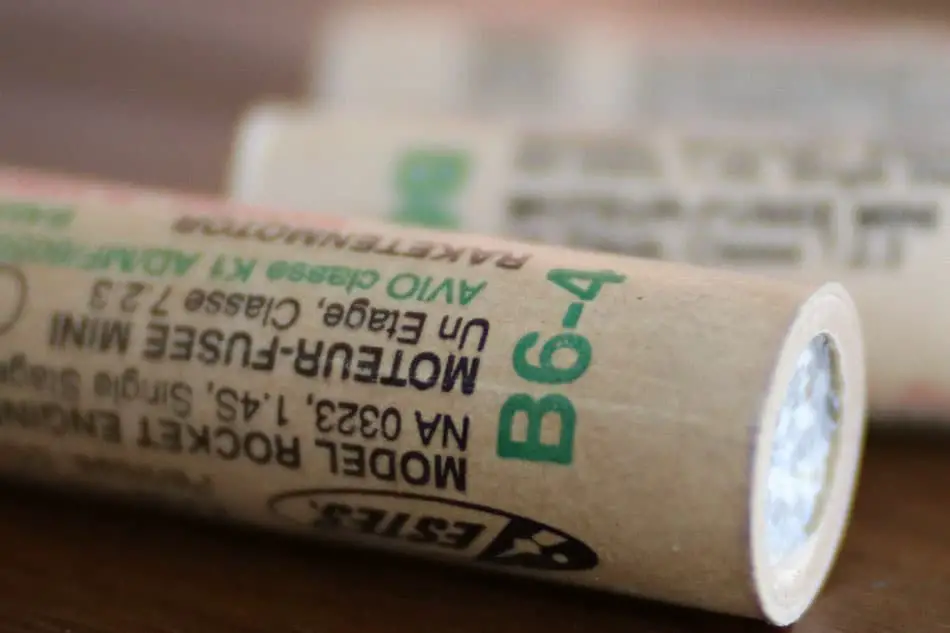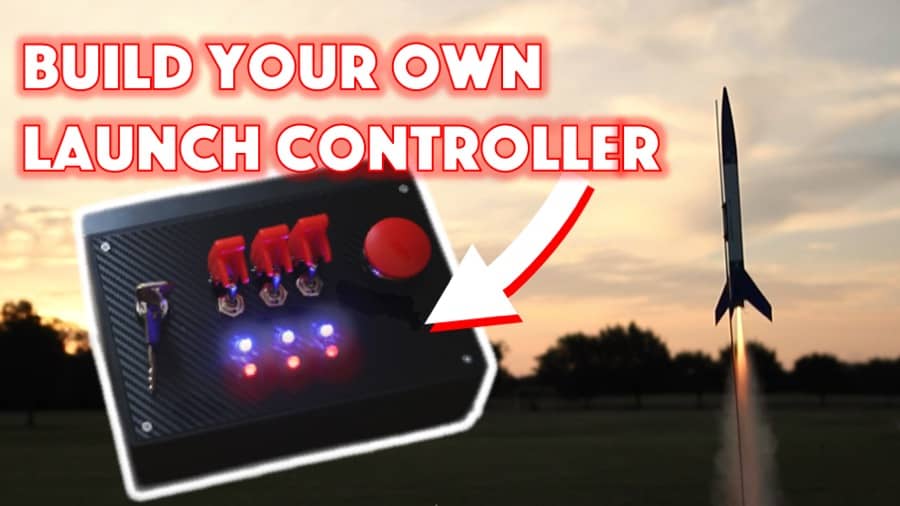
Understanding the components and specs of model rockets, including how much one can lift, is crucial to continuing the fun and staying safe. Learning more about how model rockets function and the different types will help you better understand their capabilities for lifting different weights.
How much weight can a model rocket engine lift? Depending on the engine size, Estes rockets can lift up to around 15 ounces of weight, with most lifting 3-6 ounces. High powered rockets can be designed to carry much more. Most amateur model rockets are not specifically designed to carry a payload, so it should be as light as possible.
That is not to say that you shouldn’t experiment with payloads of various kinds in your model rockets. One of the joys of rocket building is experimenting with new variances and conditions. Learning how much weight can be carried on a model rocket is only one part of these multifaceted machines that will help keep your flights safe and fun.
Are you still using the standard Estes controllers for your launches?
We just built our own beautiful launch controllers that make launches SO much more fun, and we documented EVERY single step and item purchased and put it into a step-by-step course that teaches you how to do the exact same thing.
Click here to learn more about how you can build your own launch controllers!

How Much Weight Can a Model Rocket Engine Lift?
Every rocket is different, and designed with a different purpose in mind. The same rocket can use various engine sizes to accomplish different purposes. So, when asking about how much it will lift, the answer is always “it depends.”
Thankfully, Estes Rockets created an excellent chart to refer to for all engine sizes and their intended maximum lift weight.
You’ll notice that most of the mid-size engines (B’s and C’s) have a max lift weight of around 4-6 ounces. Typically, these rockets won’t weight more than a couple of ounces, which gives you a few ounces left to work with in terms of payload.
You’ll need to find your specific rocket and look at the weight and the various engine sizes it can handle, and calculate max payload accordingly. If you look at this chart and see that you are in the clear for your lift-off weight, and you have some breathing room – that is where you can begin to play with what else can be attached or carried with your model rocket.
If you need a refresher on some of the terminology in the chart, see our article on Model Rocket Engine Sizes and Classifications.
What about high powered rocketry?
If you look at the NAR (National Association of Rocketry), there are a host of different competitions, each serving a different purpose. They do have “payload events” in which rockets will either carry a defined payload weight (usually 1-5 ounces or more, consisting of sand in a cylinder onboard the rocket), or carry 1-2 hen’s eggs (called an egg loft, or dual egg loft if there are two).
These competitions are less about how much weight can your rocket carry, and more about precision. Rockets need to carry a defined payload to a specific altitude and the flight must last a specific duration. Any deviation from this altitude or flight duration leads to a deduction in the score.
- Standard Precision Payload: Target altitude of 150 meters and target duration of 40 seconds
- Fragile Precision Payload (one hen’s egg): Target altitude of 300 meters and target duration of 60 seconds
- Dual Fragile Precision Payload (two hen’s eggs): Target altitude of 500 meters and target duration of 90 seconds
And yes, if the egg is damaged, the rocket is disqualified.
Reasons You May Need Extra Payload
For many people, model rocketry is more about the process and then getting to see it take flight. It typically is not designed for carrying objects, but it can be interesting to let your rocket take flight with something on board.
It can also be useful. There are a lot of ways to enjoy and also utilize your model rocket as an aerodynamic tool.
Here is a list of 16 Model Rocket Payload Ideas that you may have not even thought about before. From data gathering to photography to silly ideas that are purely for fun, there is a lot you can do with your model rocket’s payload.
Here are three of our favorites from that list:
- Altimeters: Useful for all kinds of experiments and even training for NAR competitions, and onboard altimeter has a lot of applications. Our favorite is the Jolly Logic AltimeterOne (link to read reviews on Amazon).
- Keychain Camera: Lightweight and mountable, we like the Mate808 (link to read reviews on Amazon).
- Parachute Toy: These are a classic childhood memory. There are lots of options like these tangle-free paratroopers. Just make sure it will fit in your specific rocket (if not, there are plenty of smaller paratrooper options like these.)
Clear Payload Tubes
If you are interested in adding anything extra to your payload, a great way to do it is using clear payload tubes. It is an easy and safe way to store additional items onboard the rocket.
You will want to keep in mind the size of the tube, the weight, and how it will affect your initial thrust and overall weight to the rocket.
Alternatively, you can buy a rocket already built with a clear payload tube. Here are four of our favorites (all links to read reviews on Amazon):
Rocket Weights and Sizes
Knowing how much weight you can take in your payload with greatly be determined by how much the rocket itself weights as well. Many smaller model rockets can be extremely light weight, but they aren’t always able to handle mid or large-size engines, which impacts its carrying capacity.
Larger rockets can handle larger engines but they weigh more. Just be sure to look up your specific rocket and the engine you are using to estimate how much the rocket can carry in addition.
Safety First
While the idea of launching different items into the sky with your rocket is very appealing, it’s not always what the rockets were originally intended for. There are plenty of ways to make use of the payload with additions of miniature cameras or data collecting tools. Or maybe you want to launch a Luke Skywalker figurine into the sky…just because.
But always keep in mind that this might not have been the original intent of the rocket. So, any time you add anything additional to the rocket or engine, it can result in uncharacteristic flight dynamics and potentially safety issues.
Only add something to your payload that you are confident will not affect the overall launch, flight, or recovery system. There are quite a few possibilities when it comes to payload, but do keep a few rules in mind:
- Never put anything in the payload bay that could cause harm to another person or object
- Never put anything explosive in the payload bay
- Never put anything that is highly flammable in the payload bay
- This should go without saying, but never include living creatures in your payload
- Ensure that the payload does not impact the ejection or operation of the recovery system (parachute or streamer… see our article on Parachutes vs. Streamers)
Conclusion
A few ounces might not sound like much, but relative to a model rocket’s weight, it can carry quite a bit. You’ll want to do a little bit of homework on your specific rocket and engine size to better understand its carrying capacity prior to launching. Model rockets are a safe hobby (see our article on “Are Model Rockets Safe?”) but you want to remember they do have the ability to cause damage or injury if not used appropriately. Be safe out there!
Build Your Own Launch Controller
Don’t forget! You can ditch the stock controllers and confidently build your own from scratch using our step-by-step instructions and exact materials list! We promise this will make your launch experience 10x better, and using our course License to Launch you can be 100% confident you’ll be able to finish this project and be super proud of what you’ve built! Here’s a sneak peek below.
